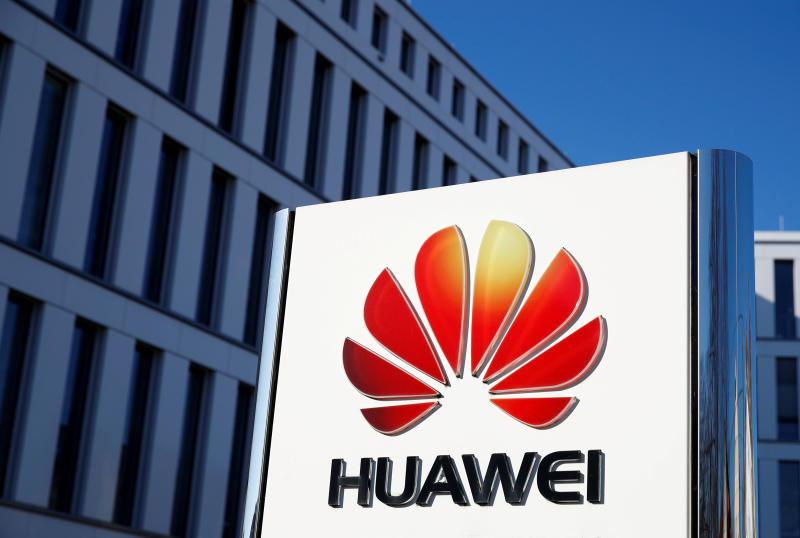3 National operations and trends

3.1 Trends in wealth growth over the past decade
Global wealth has grown by 26% in the past decade (from $161 trillion in 2008 to $204 trillion in 2018), and during this period, Asian wealth growth has contributed significantly to global wealth growth. The table below lists the top wealth markets in the past decade (both converted to US dollars)
The record of the highest wealth growth is maintained by New Zealand, Australia, Hong Kong, Singapore, South Korea and Israel, as these countries already have high income levels, and in normal terms, high-income markets generally maintain such high growth records.
The table below lists the following table listing the lower ranked wealth markets (both converted to US dollars) over the past decade. As reflected in the table, several major European countries have operated poorly in the past decade, such as some countries in the Middle East.

Note: Countries still suffering from war, such as Syria, Libya and Iraq, are not in the table because of lack of credibility data. It is certain that these countries still perform poorly in the operation of wealth.
European focus
As reflected, many EU countries are not optimistic about the operation of wealth. There is no doubt that there are still some good examples in Europe, including: Malta, Ireland and Morocco (these countries have been growing in wealth over the past decade). Positive progress has been made, with growth rates exceeding 30%)
3.2 The overall trend of wealth growth in 2018
Global wealth growth fell by 5 percentage points in 2018 (from $215 trillion in 2017 to $204 trillion in 2018)
It is worth noting that because of the overall decline in the global stock market and the real estate market, the wealth of 90 countries in 2018 has declined.
All major global stock market indices are on a downward trend. As follows:
s&p 500 index fell by 6 percentage points
Dow Jones Industrial Average fell 6 percentage points
MSCI Global Index fell by 11%
MSCI Emerging Markets Index fell 18%
More importantly, the exchange rate of the currency and the US dollar circulating in many markets last year was down (the exchange rate between the yen and the Thai baht was slightly increased), which had a huge impact on the overall wealth growth.
Some countries with poor wealth growth are shown below:

3.3 Future trends

Global wealth is forecast to grow, with a growth rate of about 43 percentage points, and wealth growth will reach 291 trillion by 2028. By then, Asia’s wealth growth will make a huge contribution to global wealth growth, and the fast-growing wealth market is considered:
Vietnam: The concentration of emerging manufacturing in Asia. We believe that the surge in Vietnam’s wealth figures is attributed to the development of local healthcare, technology, and economic sectors (the expected growth in the next 10 years is 200 percentage points)
India: More and more companies are increasingly competing for salary and high demand for spoken English. The local economic services sector, technology, business process outsourcing, real estate, medical and media sectors will have a large increase (the wealth growth in the next 10 years is 180%)
Sri Lanka: Will benefit from substantial growth in local technology, manufacturing, real estate, medical and emergency services sectors (150% growth expectation over the next 10 years)
Mauritius: Mauritius is a country with a high safety factor, friendly business development and low-tax African countries compared to other African regions. The concentration of high net worth wealth people. We believe that Mauritius’s wealth growth is due to the substantial growth of the local economic services sector (the growth expectation for the next 10 years is 130%)
China: China’s wealth growth will benefit from the development of the local economic services sector, entertainment industry, technology, motor vehicle industry and medical industry (the future growth expectation is 120%).
As mentioned earlier, China’s wealth growth will benefit from the substantial growth of several key components.
In the entertainment industry, China’s film industry will squeeze into the top ten global movie ranks, such as Mermaid (2016), Wolf 2 (2017), Red Sea Action (2018), and Wandering Earth (2019). The growth of the box office is a sign of the growth of the middle class, so this is also a positive indicator of China’s wealth growth.
However, China’s desire to become a global high-tech concentration center has not been achieved, just as several countries have joined forces to deal with Huawei (China’s most important technology producer). In last year’s report, it was written in the following: In the R&D department, China is growing from a component manufacturer to a strong country with independent R&D (eg Huawei). If China can have a strong technology leader like Huawei, China will replace the US as the world’s leading leader. The day is just around the corner. The substantial increase in scientific and technological research and development capabilities plays an important role in economic development, just as the main sectors of production and other services are equally important to economic development (larger high-tech industries will bring greater financial services, etc.). The high-tech industry will also provide high-tech and high-quality work, which will also promote the development of the middle class.
Obviously, the events of the past few years have broken the dream of becoming a high-tech industry concentration place. Therefore, the actual situation in China is much lower than last year’s expectations.

Source of national wealth data

We use models to calculate the wealth breakthroughs in each country. Several important input values include:
Stock market data for each market
Real estate data for each market
Revenue status of each market
GDP status of each market
Wealth data for the internal HNWI database
These indicators are combined in the model to calculate the total wealth of each country and the individual wealth class. For the people at the top of the wealth class (billionaires and between billions and billionaires), we use internal HNWI The wealth data of the database is calculated.
Our model can also show the past wealth growth trends of each country, so we consider these factors:
The circulation of each market currency vs. USD (the currency of the currency is calculated in US dollars)
Changes in stocks in each market
Changes in real estate prices in each market
Nearly half of the global average of individuals’ wealth comes from the homes and stocks they own, and the huge residential and stock markets have a significant impact on the total wealth of individuals in a country.
Then, we use the wealth data of the internal HNWI database to split the demographics into each country (state, sector, age, suburban wealth breakthrough). For example, if 30% of high net wealth people in the UK database live in London, then London will guarantee 30%. It is worth noting that we use the main public property data (registered public property and home sales data) to assess housing security inspections in the city’s remote suburbs.
In the database, we use 150,000 high net wealth people as a sample, most of which are headed by supervisor, CEO, chairman, founder, and partner. We have kept these names confidential, and we simply use this database for internal data research.
Our wealth expectations take into account the following factors:
GDP forecast
Recent wealth migration
National wage competitiveness relative to global peers
The competitive advantage of each economy
National security level and local police efficiency
The difficulty of national business
National education level
National enterprise and degree of innovation

reference:
https://e.issuu.com/embed.html?u=newworldwealth&d=gwmr_2019
